Don’t Fry Your Lithium Battery! The Ultimate Guide to Charging Your 12V 200Ah LiFePO4 Safely
Think You Can Use Any Old Charger? Think Again!
So, you’ve got a shiny new 12V 200Ah LiFePO4 battery—congrats! But hold on before you hook it up to that old charger from the garage. Unlike regular lead-acid batteries, these lithium beauties need a charger designed specifically for them. Using the wrong type of charger could overcharge or undercharge the battery, putting a big dent in its performance. And, let’s be honest, these batteries aren’t cheap, so you want them to last!
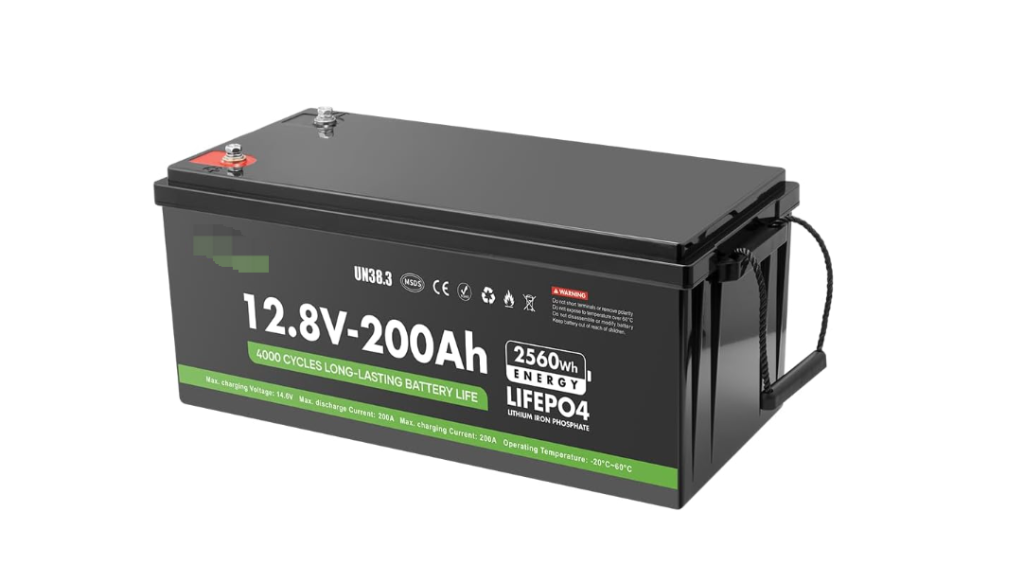
Voltage Matters: Stay Within the Safe Zone
Here’s the sweet spot for charging: 14.2V to 14.6V. Go above this, and you risk triggering the battery’s built-in protection mechanisms. While the battery might not explode, it could see reduced performance and longevity if this happens repeatedly. Think of this voltage range as the “Goldilocks zone”—just right for keeping your LiFePO4 battery healthy and happy.
Slow and Steady or Fast and Furious?
Choosing the right charging current is like picking your speed on the freeway. Want a slower, steady charge? A 10A charger will get the job done, but be prepared to wait a while. If patience isn’t your thing, go for a higher amperage—something like 40A can have you fully charged in around five hours. Keep in mind, though, that faster charging is fine as long as your charger is lithium-compatible.
Battery Management System (BMS): The Brain Behind the Battery
Many LiFePO4 batteries come with a built-in BMS, which is like having a personal bodyguard. The BMS protects against overcharging, over-discharging, and short circuits. But don’t rely on it alone! Even with a BMS, you still need a charger that’s meant for lithium batteries. The BMS keeps your battery safe, but an inappropriate charger can still cause unnecessary wear and tear.
Why LiFePO4 is the Battery MVP for RVs and Off-Grid Setups
If you’re investing in a 12V 200Ah lithium battery, you’re probably planning to use it for more than just household backups. These batteries are lightweight, powerful, and ideal for RVs, boats, and off-grid systems. With over 2000 cycles, they outlast lead-acid batteries by a mile. Plus, they’re safer and more environmentally friendly.

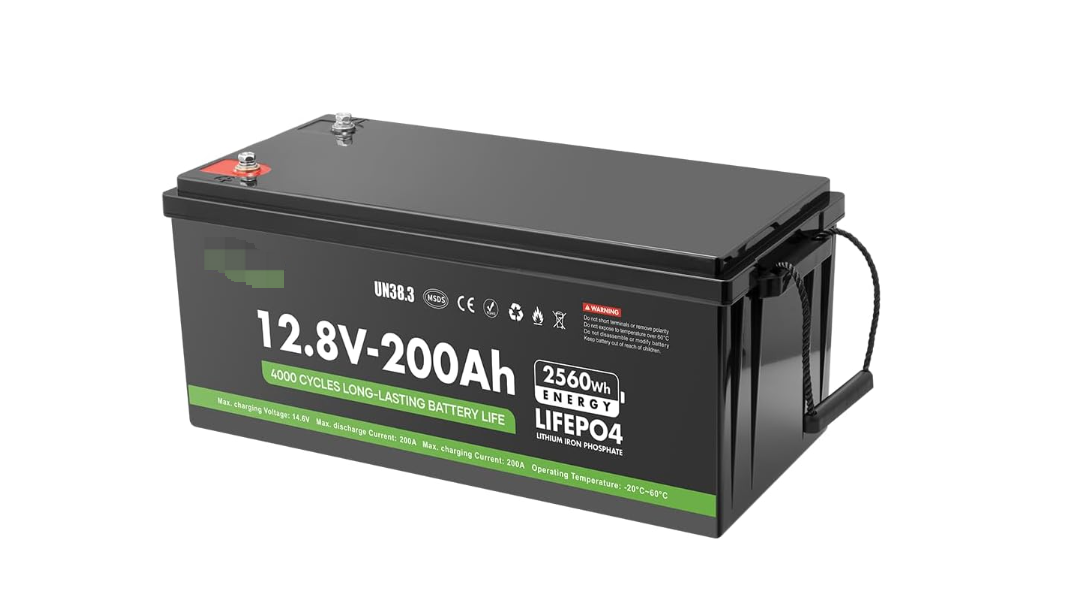
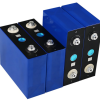
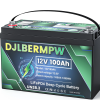
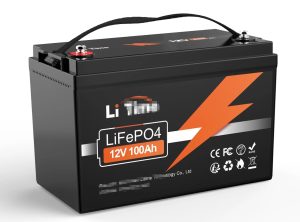
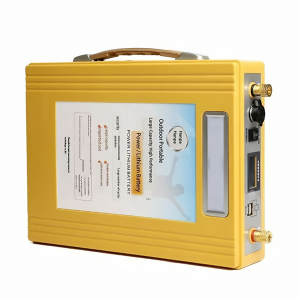
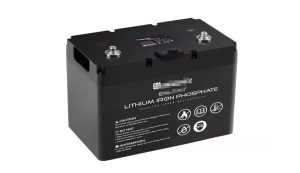
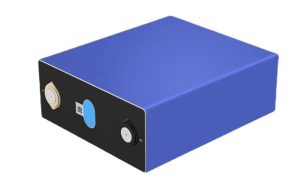
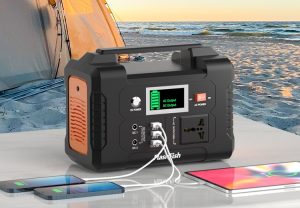
Add comment